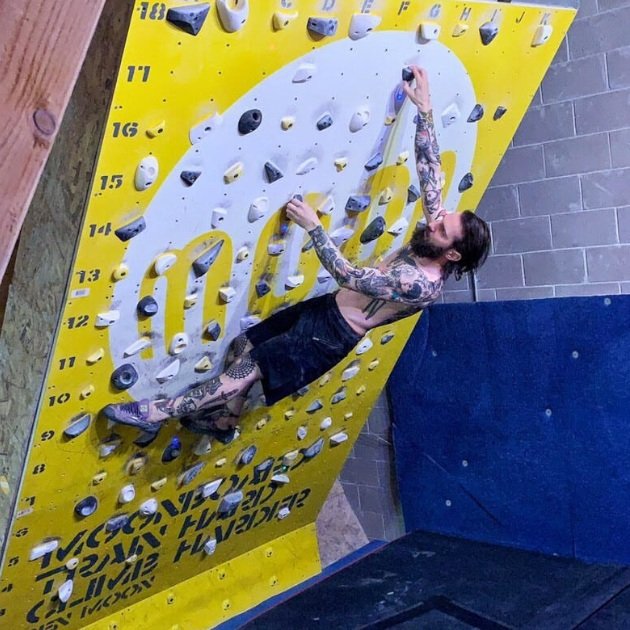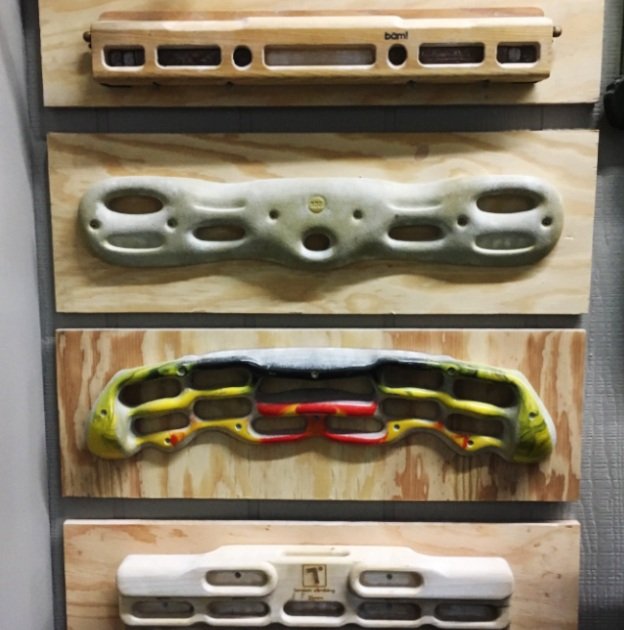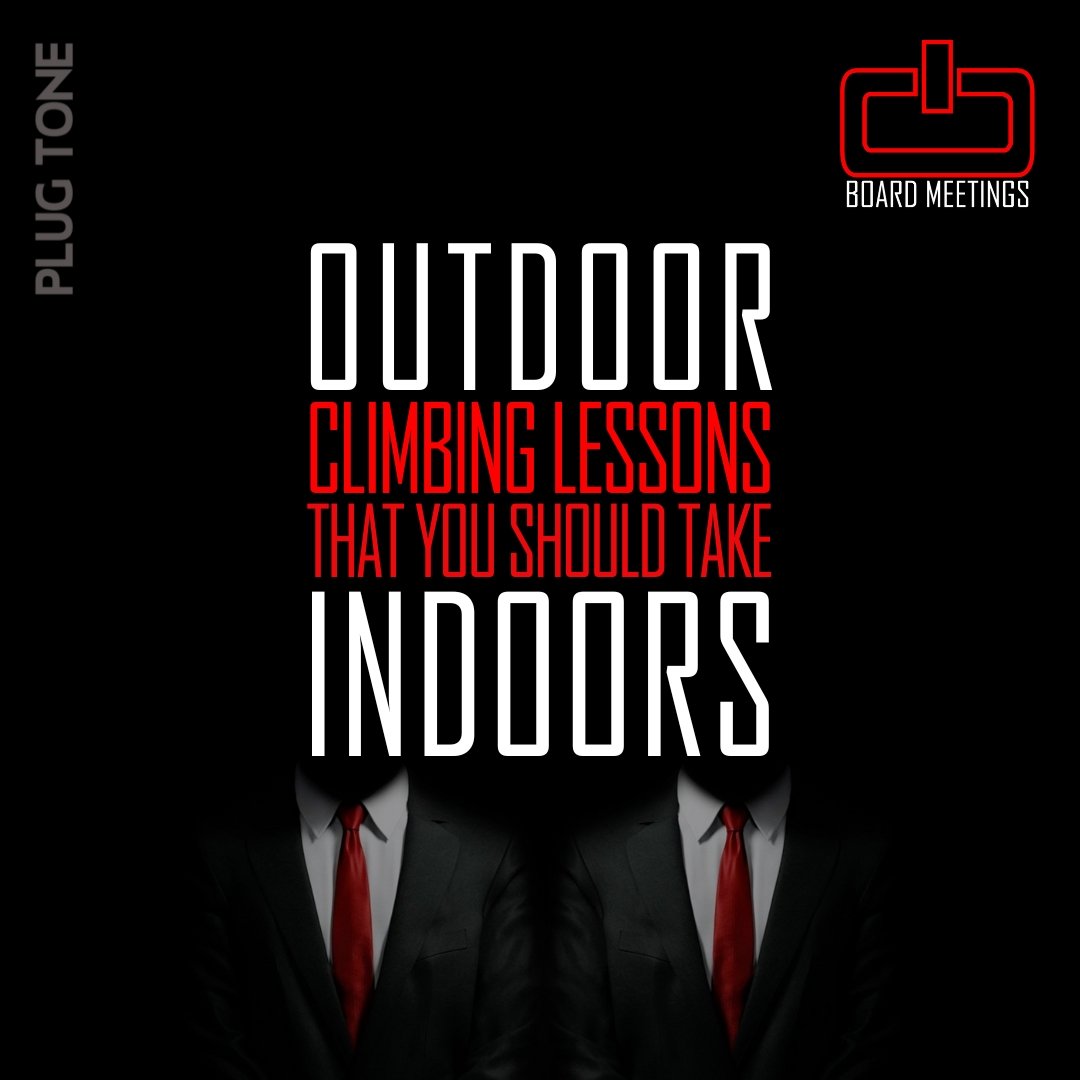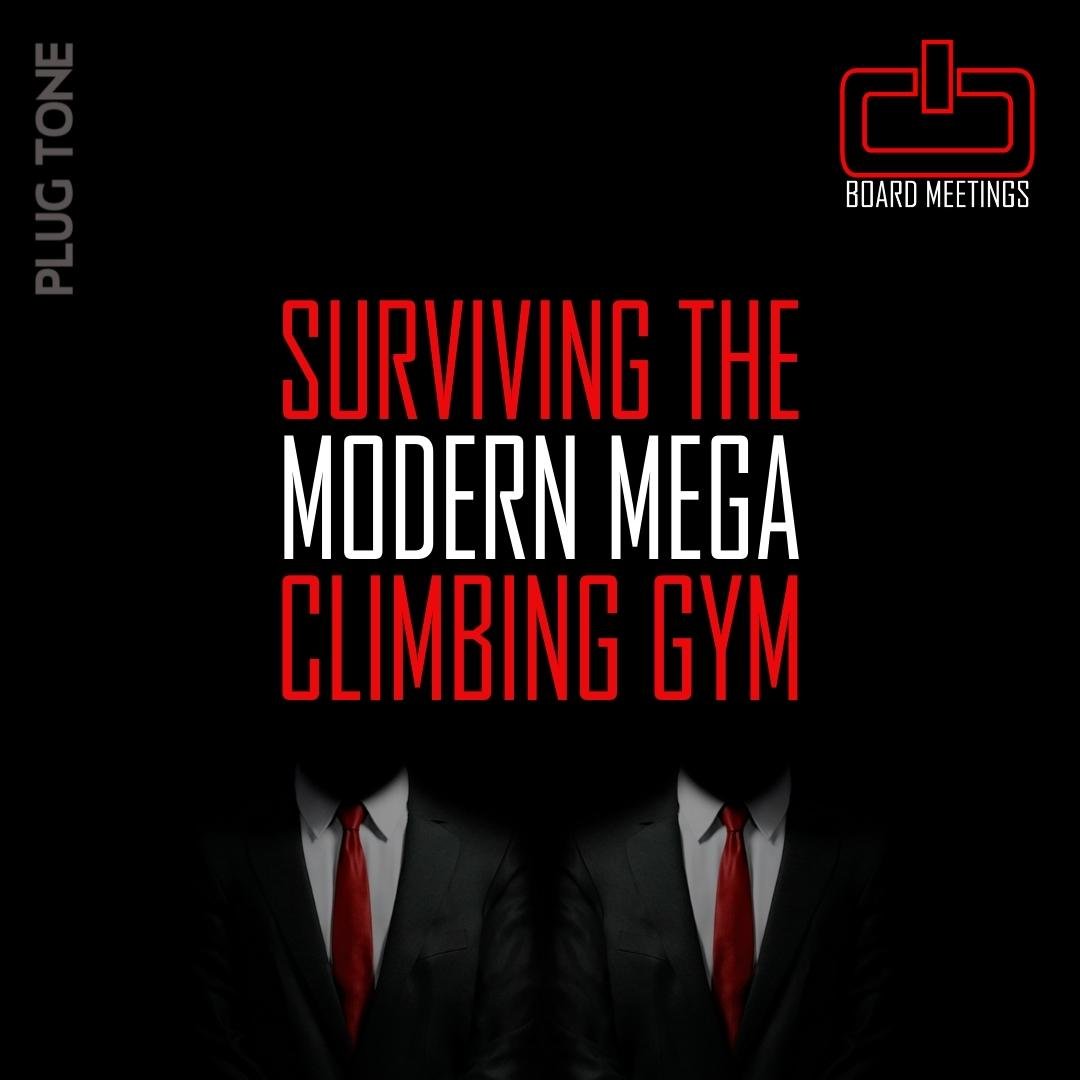How to Set Limit Boulder Projects on a Spray Wall
One of the best ways to improve your climbing is to spend time working on moves that are just slightly out of your current ability level. This not only demands very specific physical adaptation, but tactical and technical adaptation as well. There’s just one catch in training this way - Limit Bouldering is incredibly hard to get right.
Years ago we made a video detailing what exactly Limit Bouldering is, so we aren’t going to go into that - instead, if you haven’t watched the video, we suggest you start there.
For years, even prior to the 2020 boom in home walls, I heard from climbers that it was nearly impossible to set boulders that are right for limit level projecting. Climbers would often spend hours creating a boulder that seemed nearly impossible, only to send in a session or two. Or they would spend a few sessions, make no progress, and bail. The sweet spot is elusive, but there are certainly some things we can keep in mind to help us get there.
First, of course, we have to be open to adjusting our definition of possible. Like any other skill, this will get easier over time as you push against it. To start, set some things that seem absolutely ludicrous. You’re likely to surprise yourself with what you’re capable of, and as you keep moving that line, ludicrous will quickly become probable. We all understand this idea, but it’s much more difficult to put into effect.
There really is no substitute for time and practice when it comes to the self-awareness you need when determining whether something is just at the limit of your capacity, or beyond it.
How you practice this setting of boulders matters. If we understand the practice at it’s fundamental levels - the turning of the dials - then we can better understand which dials to turn in order to create a boulder that is truly a limit level project.
While making our course, Boulder Builder, designed to help climbers learn to set better, more effective boulders on home walls, spray walls, and boards, we realized we needed a standard way to discuss the actual mechanics of setting a boulder. Frankly, the act of setting a limit level boulder is no different than that of creating a warm up - you simply tweak the variables such that the moves are more difficult.
Easier said than done.
After much deliberation, we decided that there are 4 variables that can be manipulated for each hand and foot hold on a boulder. How you alter these variables will ultimately dictate the style and difficulty that you end up with.
Severity: Using better or worse holds. Size is not the appropriate term.
Distance: The space between holds in a single move.
Orientation: The position, spin, angle, etc. of holds.
Direction: The direction of travel between holds in a single move.
Image from our Boulder Builder course.
Severity and Distance are the two variables most often referenced, and most often altered. Many setters never get past that spot. That’s a mistake. Hard moves don’t need to be huge, and the holds don’t need to be terrible. Honestly, I’d say Orientation is the far more important variable, and the one most often overlooked.
The more time you spend consciously manipulating these variables, and making note of how the moves were then altered, the better you will be at targeting specific difficulties. It takes time, but it’s actually quite simple.
In the videos below, I go into The Machine Shop to set a limit boulder for myself. I use the lessons learned in the course, following the template we lay out - identifying the objectives and the sparks, creating rules to fit the situation, and then tweaking the variables - turning the dials - such that the moves and difficulty end up meeting my objectives for the session.
The Boulder Builder course is perfect for anyone who climbs on a spray wall or board, and wants to learn to make up their own creative and effective boulders.
In the course you’ll get:
21 individual lessons on theory and practice.
Over 3 hours of discussion and example videos.
More than 25 case studies from inside the Machine Shop.
Checklist of tasks to get you started making up boulders.
Ebook of notes and charts from the course.
Unlimited access via mobile or computer.

























Today, we rewind to an episode with Hazel Findlay in which she shares strategies for getting into the right mindset to send.